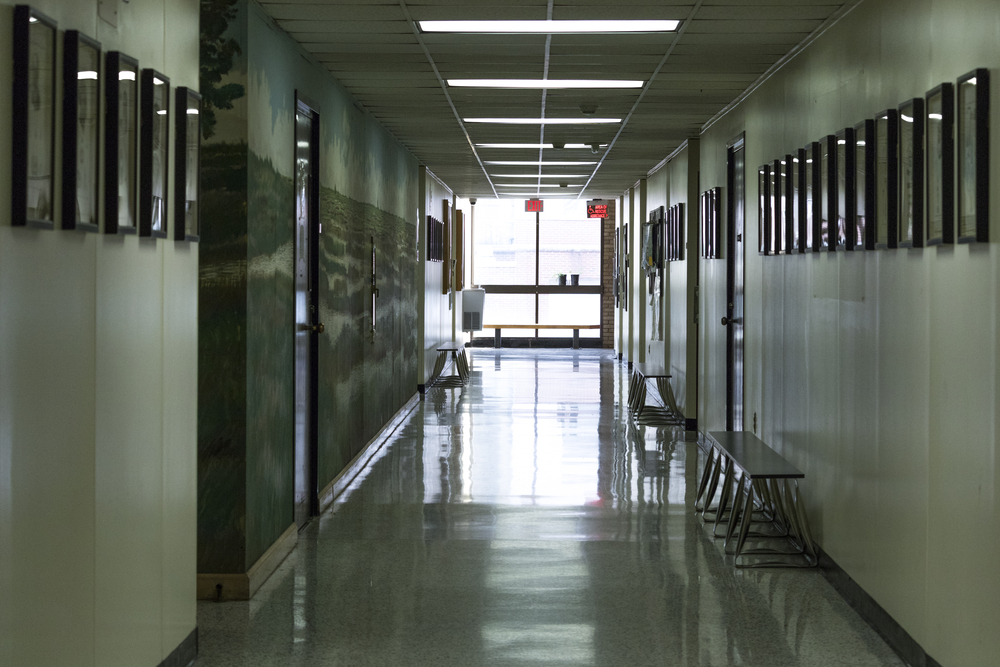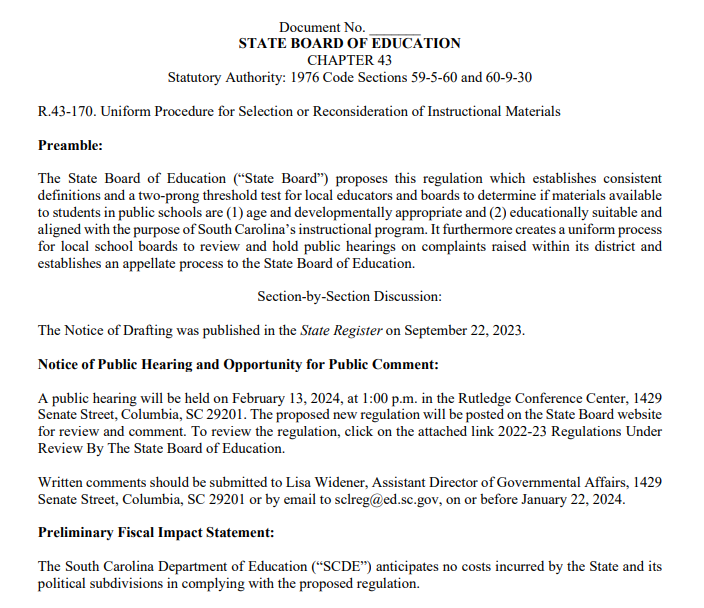Funding failure: South Carolina’s broken school-funding system
South Carolina’s public schools are supported by a host of education funding sources that have seen healthy growth over the years. But are taxpayers getting their money’s worth?
A new study by the Palmetto Promise Institute reveals the disconnect between revenue and results when it comes to educating South Carolina kids.
South Carolina’s 81 public school districts expend funds from 15 different funding streams, between state and local sources. And programs designed to aid public education funding have multiplied over the past several decades. In fiscal year 2015 alone, the Education Improvement Act, or EIA, contained 36 programs devoted to education funding.
Unfortunately, this complex web of investment has returned underwhelming results. Even as per-pupil spending growth has outpaced inflation since 2001, student performance has faltered.
A recent study released by the Palmetto Promise Institute demystifies this dilemma. The study identifies defects embedded in the state’s current school-funding system and underscores two findings: First, that adequate funding hinges less on the level of revenue, and more on the management of such revenue sources; and second, that student performance is shaped less by revenue streams than by the underlying policies that allocate them.
The problem
South Carolina’s school-funding dysfunction can be traced back to the 1977 Education Financing Act, or EFA. Originally established as the state’s primary source of education funding, as additional programs such as EIA have emerged, funding ensured by the EFA has shrunk dramatically as a percentage of total education funding over time.
EFA appropriations were designed to be reflective of student costs. But increasingly, with the law’s receding presence, funding for public education has become subject to programmatic wish lists and fickle economic variables, rather than the needs of schools and students.
Property taxes once provided a steady revenue source for local school districts. However, a series of homeowner exemptions have gradually redirected the revenue source of education funding programs to sales and lottery tax revenue. The unpredictability of these revenue sources has impeded schools’ ability to set sound budgets.
Taxpayer equity has also suffered under the current formula. By narrowing the property tax base through exemptions, fewer taxpayers shoulder the burden. This has especially punished poorer school districts, which already operate at a disadvantage when it comes to funding. With a smaller base from which to pull property tax revenue, cash-strapped districts are forced instead to raise levies.
Road to reform
The complexity of the current system diminishes its transparency, insulating it from reform. One important first step toward a more effective school funding system is to simplify it, untangling the complicated web of different funding streams.
Empowering South Carolina to focus on the quality of education funding – not just the quantity of education programs – is key to reforming the system.
Further details on the shortcomings of South Carolina’s education funding formula and steps lawmakers can take to fix the problem can be found in the Institute’s study, “Funding Our Children For Success.”




